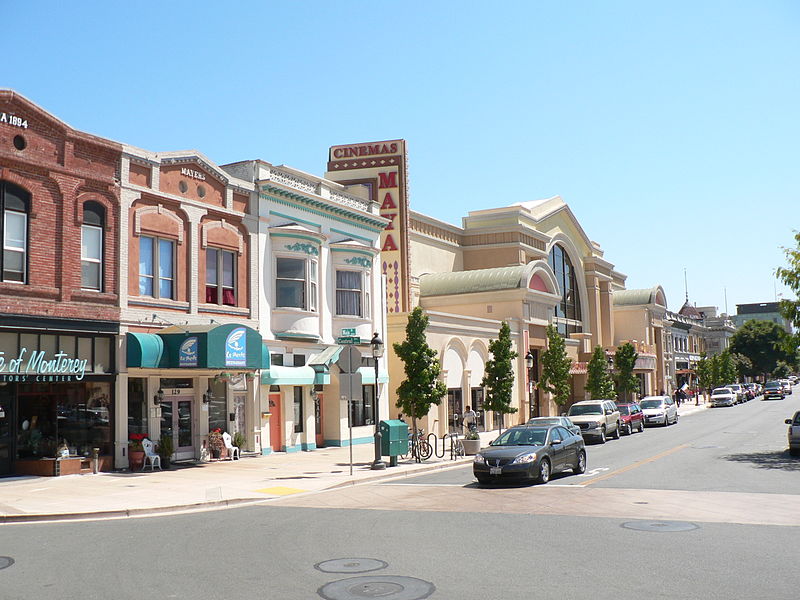When you hear “commercial real estate,” usually the first image that comes to mind is a high-rise office building in a big city. That image could be followed by thoughts of restaurants, malls, warehouses, and other such buildings, probably also in big cities. In most minds, “commercial” means “big.”
In the last few years, however, commercial real estate in Small Town, U.S.A. has become the focus of economic developers and even the federal government as small towns try to rejuvenate their business centers. For some, the efforts are almost desperate attempts to keep their towns from shriveling up as young people move away in search of more opportunities, and no one moves in to take their places. Towns need businesses to attract tourists, provide goods and services to local residents, or support further development.
Small towns have different reasons for undertaking beautification or commercial real estate projects. In Millvale, Pennsylvania, for example, a state grant helped the town plant about 800 trees intended to reduce the chance of flooding that caused major damage in 2004 and 2007. Jeffersonville, Indiana, has organized an effort to revitalize their historic downtown to attract festivals and concerts and otherwise stimulate their economy. Marceline, Missouri, considered Walt Disney’s hometown and believed to be the inspiration for Disneyland’s Main Street, USA, is working toward restoring their town center to resemble 1905 Marceline to preserve the town’s history. One might notice the lack of “touristy” signs calling attention to Disney’s connection to the town, but town historian Kaye Malins says the dearth of advertising is intentional: “…don’t you think it’s nice that it’s pretty much like it was when he was here?”.
Several organizations on every level, from local to federal, work together to help small towns rejuvenate their main streets. Many such organizations exist; for example, Main Street is a national network of city planners, architects, engineers, financial planners, and other professions that are necessary for a successful Main Street revitalization project. State organizations, such as the Wisconsin Economic Development Corporation, often base their programs on Main Street’s philosophies, offering free technical assistance to small towns or large neighborhoods who commit to revitalization. While the strategies of these organizations may vary, they all share one core concept: it takes a village to save a village.


Recent Comments